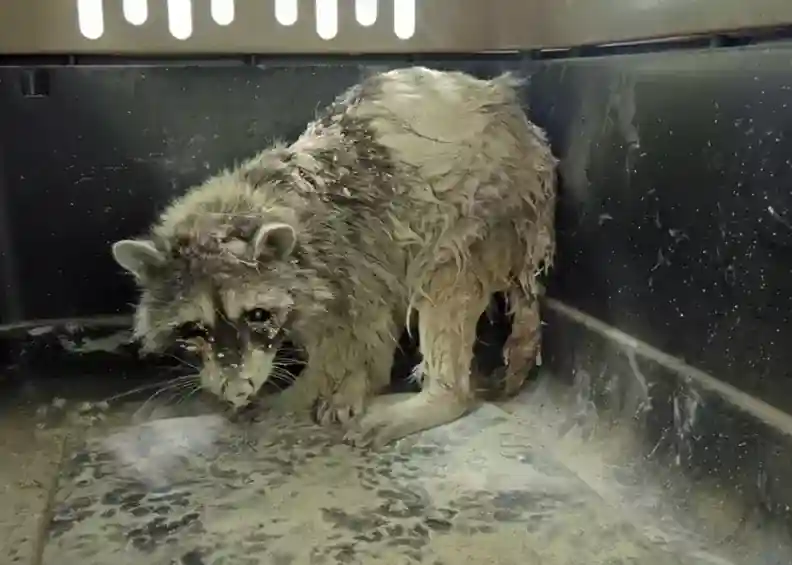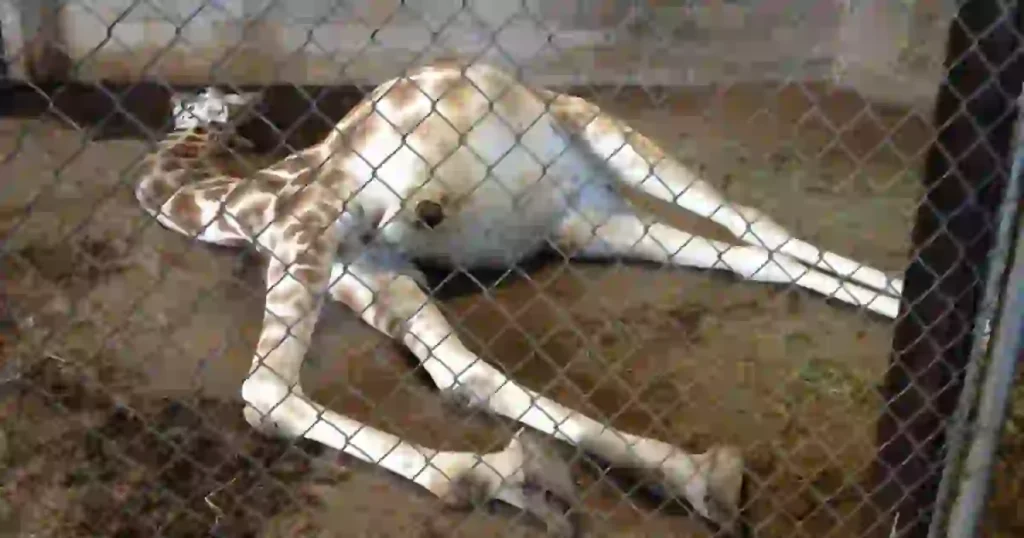Zoos have long served as a platform for people to learn about animals, understand their habitats, and foster appreciation for wildlife conservation. However, ethical questions have always surrounded the treatment and wellbeing of zoo animals, particularly concerning the materials used in enclosures, such as concrete. This article explores whether zoo animals experience discomfort on concrete surfaces, the implications of such environments for their physical and psychological health, and how zoos are responding to these concerns.
The Nature of Concrete in Zoo Enclosures
Concrete is a common material in zoo enclosures for several reasons: it is durable, easy to clean, and relatively inexpensive. Its ability to withstand various weather conditions and the wear and tear from animals also makes it a practical choice for zookeepers. However, concrete is a far cry from the natural habitats of many animals, which raises the question of whether it negatively impacts their comfort and wellbeing.
Concrete, a hard and unnatural surface, contrasts with the diverse terrains found in the wild—such as grasslands, forests, deserts, or wetlands. Animals accustomed to soft, yielding substrates like soil, sand, or vegetation may find the rigidity of concrete to be uncomfortable, especially if they spend extended periods on it.

Physical Health Implications
1. Joint and Foot Problems
One of the most documented concerns about animals living on concrete is its potential to cause musculoskeletal issues. Large animals, such as elephants, giraffes, and big cats, are particularly susceptible. Prolonged exposure to hard surfaces can lead to arthritis, foot problems (e.g., cracked hooves, pad wear), and other joint-related issues. Elephants, in particular, are known to develop severe foot problems, which can become life-threatening if left untreated. In the wild, these animals would normally walk on soft terrain that helps cushion their joints, something concrete does not provide.
2. Injury Risk
Concrete is less forgiving than natural surfaces. If an animal slips or falls, the risk of injury is higher than it would be on grass, dirt, or sand. This is especially concerning for animals that are highly active or enjoy climbing, such as primates and big cats. While concrete may be easy to clean, it does not offer the shock absorption or natural friction that softer surfaces provide.

3. Temperature Sensitivity
Concrete also absorbs and retains heat and cold, which can be detrimental to animals. In hot climates, concrete surfaces can become unbearably hot, potentially causing burns or discomfort when animals lie down. In colder climates, the opposite is true—concrete can become icy, increasing the risk of frostbite or cold-related discomfort.
Psychological and Behavioral Implications
Animals are highly attuned to their environments. When the habitat is artificial, it can influence their behavior in ways that reflect stress, boredom, or discomfort. A lack of natural substrates can lead to:
1. Stereotypic Behaviors
Animals that spend a lot of time on concrete surfaces may show signs of stress, such as pacing, repetitive movements, or other stereotypic behaviors. These actions are typically indicators of boredom or frustration, as the animals are deprived of the stimulation they would find in a more natural environment.
2. Lack of Enrichment
Concrete enclosures often lack the variety and complexity that animals need for mental stimulation. In the wild, many animals spend much of their day foraging, digging, or interacting with their environment. Concrete surfaces limit these behaviors, potentially leading to stress, anxiety, and behavioral problems.

Zoos’ Efforts to Mitigate the Impact of Concrete
In response to growing concerns about animal welfare, many modern zoos are reevaluating the use of concrete in enclosures. Progressive zoos are taking steps to improve the quality of life for their animals by introducing more naturalistic habitats that mimic the animals’ wild environments. These efforts include:
1. Natural Substrates
Some zoos are replacing concrete floors with natural materials such as dirt, sand, grass, mulch, or wood shavings. These materials provide a more comfortable and enriching environment for animals, allowing them to engage in natural behaviors like digging, dust-bathing, or grazing.
2. Enrichment Programs
To combat the psychological effects of unnatural surfaces, zoos are increasingly incorporating enrichment activities into their daily care routines. These activities include providing toys, feeding puzzles, or novel objects that encourage animals to explore, climb, or play.
3. Zoological Best Practices
Organizations like the Association of Zoos and Aquariums (AZA) are developing and enforcing standards that prioritize animal welfare. Zoos accredited by the AZA must meet specific guidelines regarding enclosure design, which include recommendations for using natural substrates and providing animals with sufficient space and enrichment opportunities.
Conclusion
While concrete is a practical material for zoo enclosures, it can present significant challenges to the physical and psychological health of animals. Animals housed on concrete are more likely to develop joint problems, injuries, and behavioral issues compared to those living in more natural environments. Thankfully, many zoos are moving away from concrete-dominated enclosures, recognizing the importance of natural substrates and enriching environments in ensuring the wellbeing of their animals. As public awareness grows, zoos are increasingly focusing on habitat design that not only meets the animals’ basic needs but also enhances their overall quality of life.
FAQs
1. Why do zoos use concrete in enclosures?
Zoos use concrete because it is durable, easy to clean, and cost-effective. However, the focus is shifting towards more naturalistic materials as awareness of animal welfare grows.
2. Do all animals suffer from being on concrete?
Not all animals are equally affected. Large mammals like elephants and giraffes, which are heavy and walk a lot, tend to suffer more from foot and joint problems. Smaller animals or those that spend less time on hard surfaces may experience fewer physical issues.
3. What are the alternatives to concrete for zoo enclosures?
Zoos are increasingly using natural substrates like dirt, sand, mulch, and grass, which are softer and provide a more stimulating environment. These materials allow animals to engage in natural behaviors such as digging and foraging.
4. How do zoos address foot problems in animals caused by concrete?
Zoos that still use concrete often incorporate regular veterinary care to monitor foot health, such as trimming and treating cracked pads or hooves. Some zoos also add softer areas in enclosures to give animals a break from concrete surfaces.
5. Are zoos moving away from using concrete?
Yes, many modern zoos are shifting towards more naturalistic enclosures. As public concern for animal welfare increases, zoos are redesigning habitats with softer, more natural materials and increased environmental enrichment.
